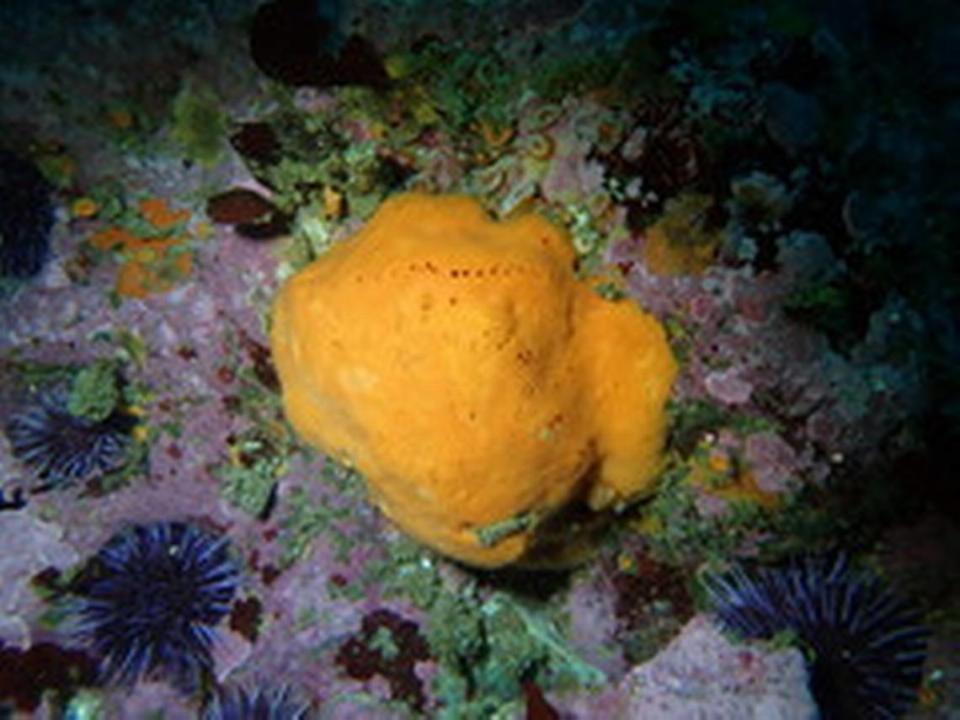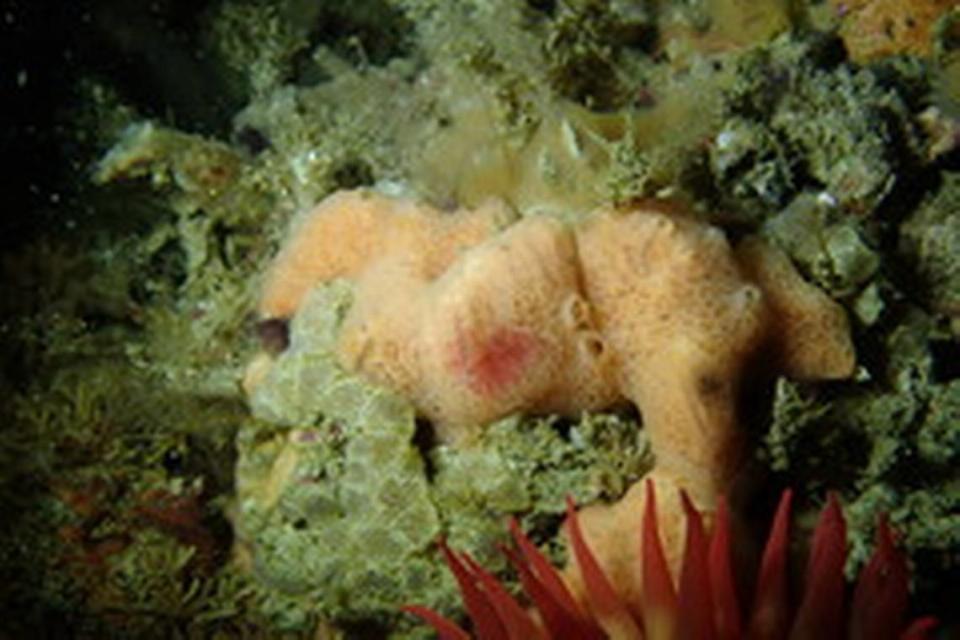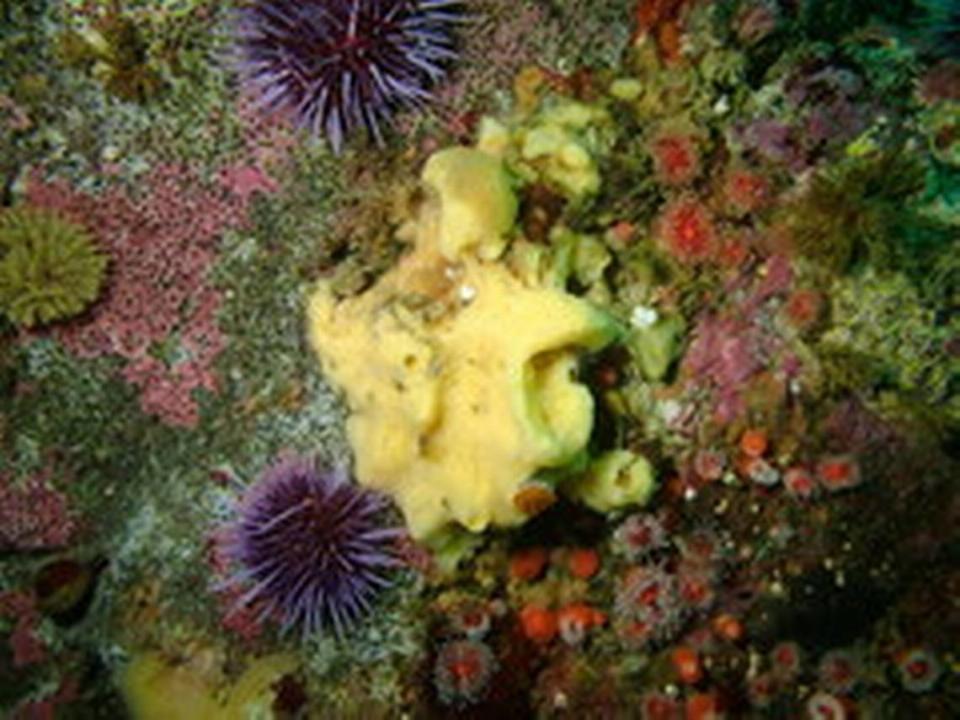‘Alien’ creatures discovered by divers off California coast. See vibrant new species
They were practically hiding in plain sight.
Marine biologist Thomas Turner said he couldn’t believe what he saw on a research dive in the stunning Carmel Pinnacles State Marine Reserve off California.
“Steep rock walls rise from the depths and nearly break the surface,” Turner told McClatchy News. “The top is covered in kelp forest, while the rocks are wallpapered in colorful sponges, tunicates, and anthozoans. You feel like you are diving in a cathedral there.”
What caught his eye most in the amazing undersea landscape?
Sea sponges. Ones he’d never seen before despite years of research on the bizarre, almost alien creatures.
“It was immediately apparent to me that some of the most common sponges at the site were things I hadn’t seen anywhere else, so it was exciting,” Turner said.
In all, Turner found 29 species of sea sponges, including 12 newly discovered ones, in a survey of shallow water at the Monterey Bay National Marine Sanctuary, he said in a scientific paper.
The paper, published July 19 in the journal Zootaxa, describes the newly discovered sponges. A pre-print version was published by biorxiv.
Turner explored the area with Steve Lonhart, a research ecologist for the Monterey Bay National Marine Sanctuary. Both are listed as authors on the paper.
“It’s fascinating to me that there’s such an incredible diversity, and that there’s still things that we don’t know within the areas that we visit most,” Lonhart told The Monterey Herald. “It wasn’t like we went to a super secret, tucked away place. We went to places that everyone goes. And the fact that we’re still finding new species there is amazing.”
Turner identified the new species through a combination of underwater photography, microscopic analysis and DNA sequencing, the Zootaxa paper said.
He gave the newly discovered sponges scientific names inspired by the Monterey Bay National Marine Sanctuary, the indigenous Rumsen people of Monterey, Carmel and Point Lobos, the paper said.
He also named one of the new species after his partner, Melissa Kamen, SFGate reported.



Turner studies marine biology, particularly sponges and other invertebrates, at the University of California, Santa Barbara, where he’s an associate professor.
“Sponges are animals, but they split off from other animals a really, really long time ago,” Turner said. “The way they function is very different.”
Sponges play a vital role in the ocean ecology, particularly on tropical reefs, where they recycle nutrients from the waste of other creatures, Turner said.
“Without the sponges, the nutrients in the water would get used up and the reef would die out,” he said.
It’s not yet known whether sponges play a similar role on the California coast.
“The ways they function are still being worked out — so I guess I would say it is all the unknowns about them that make them fascinating to me,” Turner said.
“They make a lot of interesting chemicals: they are sponges, after all, and they bathe in a soup of bacteria and viruses in the ocean — so they use the chemicals to defend themselves,” he said. “That makes them a promising place to look for new antibiotics and anti-cancer compounds.”
And they’re just really weird, he told SFGate.
“They’re alien life here on Earth,” Turner told the publication. “I guess I just like the weird, forgotten animals, and figuring out what’s there and how they occur forms the foundations to help answer questions about them in the future.”
New creature — with no eyes and nearly 500 legs — found lurking under California’s soil
Boaters ‘in awe’ as huge creature puts on ‘majestic display’ in Ireland, photos show
Vampire crab? New species identified after orange creature found in Thailand swamp

